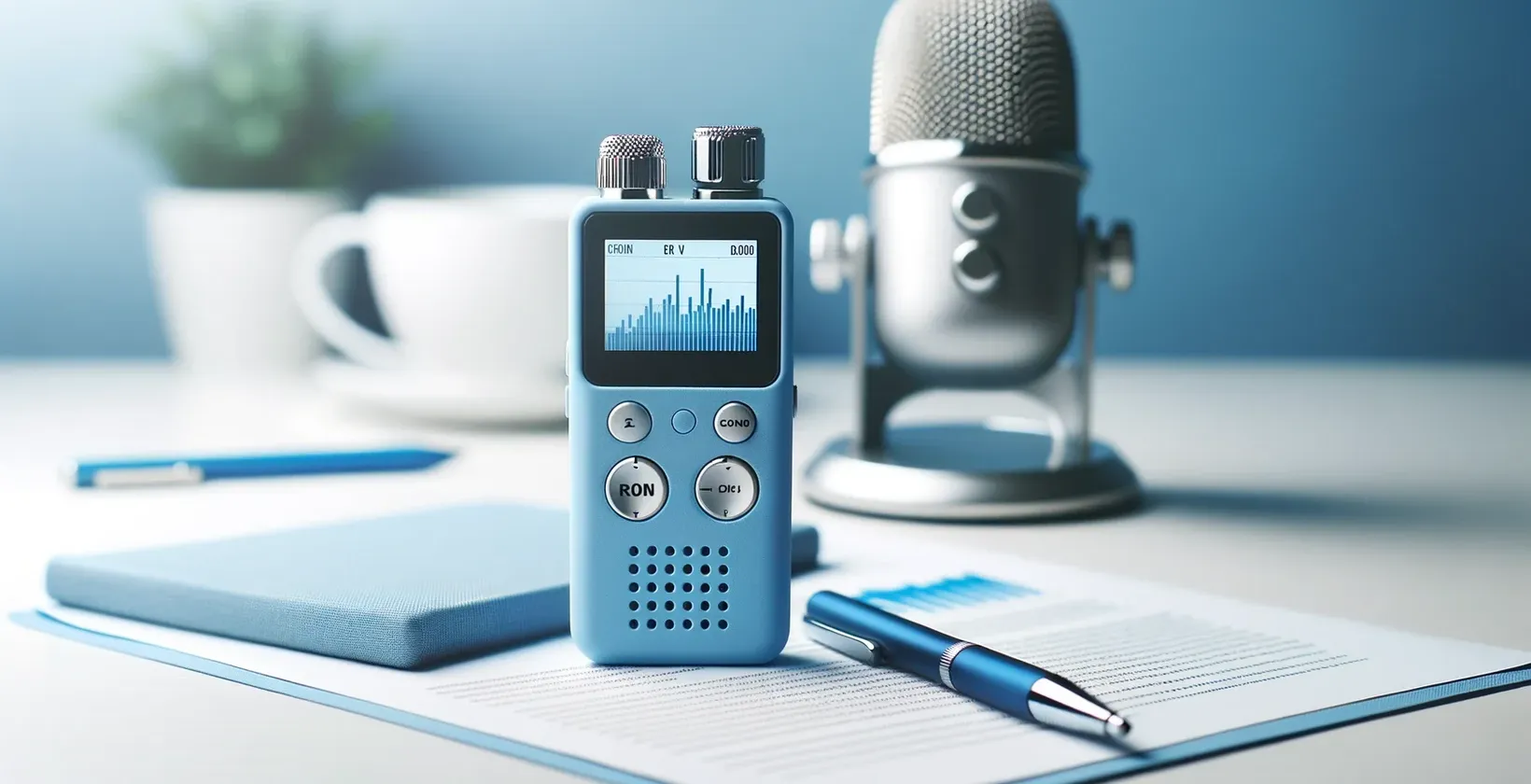Converting spoken words into written text is transcribing an audio or video interview. Transcribe interview provides a wide range of advantages:
- Accuracy and verbatim representation
- Easy reference and analysis
- Improved comprehension and understanding
- Collaboration and sharing
- Language accessibility
- Documentation and archiving

How to Transcribe an Interview Manually?
The first option for transcribing an interview is to do it manually. It’s the traditional method that needs the least amount of technology but the most amount of time.
- Listen to the interview entirely before doing anything.
- Think about how long it’ll take you to transcribe it. This depends on your typing speed and the complexity of the interview, among other factors.
- Write out the speakers, which should be at least 2.
- How detailed will it be? Will you write out everything or just the complete statements?
- Decide if you want timestamps (these are usually helpful). You can add these as you move through the recording.
-
Start your first transcription draft.
Pros and Cons of Transcribing an Interview Manually
Manual transcription has both advantages and disadvantages. Here are the advantages:
- Higher accuracy can be achieved using a human transcriber who can comprehend the context and interpret the audio’s dialects, nuances, and ambiguities.
- Understanding complicated or industry-specific language and slang is possible with manual transcription.
- Even in poor-quality recordings, human transcribers can spell words that software might be unable to.
Here are the disadvantages that manual transcription has:
- Manual transcribing can take a lot of time, particularly for lengthy interviews.
- Paying a human transcriber can be more expensive, especially for significant volumes.
- Manual transcription is prone to human mistakes, such as typos and mishearing words, when transcribing lengthy chunks of speech.
How to Transcribe an Interview Automatically?
The other option for how transcribing an interview is to do it automatically. For this, you could pay someone to do it. The other option is to use transcription software, such as Transkriptor .
Transcription software should be as simple as uploading the audio file and then converting it. Even so, here’s how to transcribe an interview using the software.
- Listen to your audio file entirely before starting.
- Upload your audio file and convert it to text.
- Go through the file and edit any mistakes the software made. The frequency can depend on the language and audio quality.
- Export it as a text document.
Pros and Cons of Transcribing an Interview Automatically
Knowing how to transcribe an interview using software is much easier (and faster) than the manual method. Transkriptor uses AI to ensure an accuracy rating of 80-99%. As mentioned, it depends on the language and audio quality. The whole service is designed for ease of use to save you time.
The major downside of transcription software is that it costs money. However, applications like Transkriptor offer a free trial on sign-up which you can test the software and decide whether to continue or not. Also, Transkriptor attracts a lot of users by being cheaper than most of the competitors.
FAQ
Transcription can be done manually, with people listening and typing, or automatically with software. The manual is more accurate but takes longer, while the automatic is faster but may need human correction. Choose based on budget, time, audio quality, and accuracy needed.

